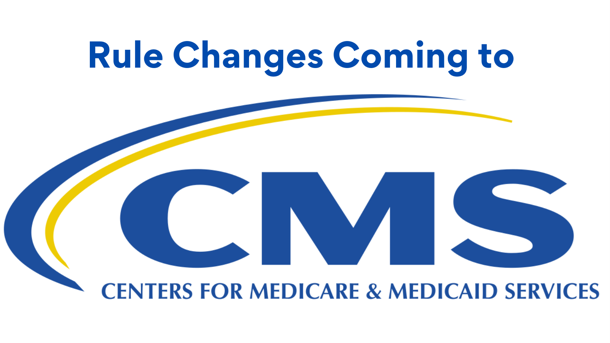We think so.
Many employers self-fund and go at risk for drug costs, and this gives them more control. But for years now, the rising cost of medication has caused employers significant grief. There may finally be some help from the Centers for Medicare and Medicaid Services (CMS). In 2019, the CMS got serious about transparency and introduced a new rule requiring health plans to report the cost of prescription drugs on an annual basis. The thinking was that more transparency on costs would allow employers to identify areas where cost savings could be achieved. That didn’t happen.
The first round of reporting was chaotic and challenging for employers, and this did not lead to an era of transparency. For the second round, everyone is more hopeful because the CMS introduced several updates to the rule, including new reporting requirements and increased flexibility that should help employers.
Note the most significant change is the addition of a new data element that requires health plans to report the total number of prescriptions filled for each covered drug. This is designed to give employers a bird’s eye view into how often their employees use specific drugs, which could allow them better negotiate with the drug company for rebates or preferred pricing.
Another big change is the addition of alternative methodologies for reporting. For example, employers may now use a “simple average” of drug prices rather than a weighted average, making the calculations a little easier. Additionally, plans with fewer than 500 covered lives will now be able to report drug costs at a higher level of aggregation to simplify reporting for small employers.
Only time will tell, though. The first round did not go smoothly, but CMS listened to the feedback and used it to make meaningful changes. The second round will undoubtedly go better than round one, but it is important to note that this isn’t the single solution to high drug costs. Employers will still need to take a proactive approach to managing their pharmacy budgets using technology that helps prescribers understand what the lowest-cost drug for their patient is based on the employer’s formulary.



